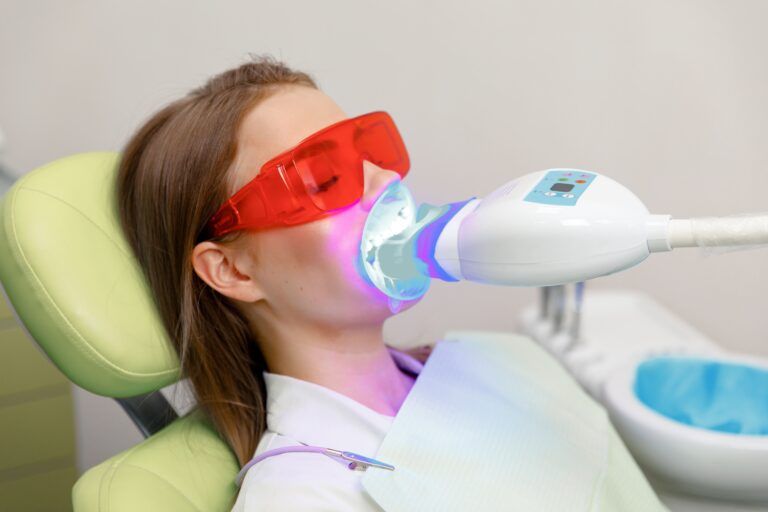Biomimetic Dentistry: Preserving Nature’s Design in Your Smile
Biomimetic dental care is healthier for your teeth and longer-lasting because more natural tooth remains. The materials used are hard enough to function under pressure like enamel, yet with multiple stress-reducing layers acting like a shock absorber, just like the natural dentin of the tooth.
Biomimetic dentistry creates a truly “stress reduced” filling that utilizes up to six layers of special materials and adhesion techniques to create a filling that mimics the natural properties of a real tooth.

We are committed to preserving as much of your natural tooth structure as possible and restoring teeth with materials that mimic nature!

Our main focus is to save the healthy tissue of the tooth, fill the cavity with materials that bond with and act like the original tooth and avoid root canals and crowns.

Make a great first impression with a healthy smile. Cosmetic dentistry offers solutions beyond whitening, like reshaping, aligning, and restoring teeth for a natural look.

A major epidemic plaguing Americans of all ages is the loss of sleep due to poor airway development. Biomimetics has shown amazing results with non-invasive re-development of the airway.

With zoom in-office whitening, you can unlock a smile up to 8 shades whiter in just 45 minutes. The added bonus? You get outstanding results with little to no sensitivity.


Dr. Natali Schofield is a Utah native and a graduate of BYU, then received her DDS degree from the prestigious University of Michigan School of Dentistry. She has been in private practice for over 19 years with a dedication to continual improvement through attendance in continuing education courses and utilization of significant technological advancements in dental care with a focus in minimally invasive and biomimetic dentistry. She loves restoring teeth biomimetically because she can preserve your natural tooth. Despite her extensive focus on the technical and clinical advancements in dentistry, Dr. Schofield takes the time to get to know each and every patient one on one. Your care and comfort is her top priority. She enjoys skiing, traveling, reading and quilting along with all sorts of sporting activities. She and her husband, Aaron, live in Cedar Hills and have four boys and a Goldendoodle.

![]()
![]()


Dr. Dale “Danny” White DMD has a Bachelor of Science degree from Brigham Young University and a Doctor of Dental Medicine degree from Roseman University of Health Sciences. For the past three years, he has been an adjunct faculty member at Roseman University while maintaining his private practice in biomimetic dentistry and advanced airway treatment disorders. Dr. Dale “Danny” White DMD has worked closely with Dr. Mike Criddle for the past 7 years, in the study of minimally invasive dentistry biomimetic dentistry. Dr. Dale “Danny” White DMD interests include sports, especially BYU Football, Basketball, and Volleyball. He also loves Major League Baseball games, especially when the LA Angels are playing. You will generally find him relaxing or working in the yard on the weekends or evenings with his wife Bonnie and their six children.

![]()
![]()
